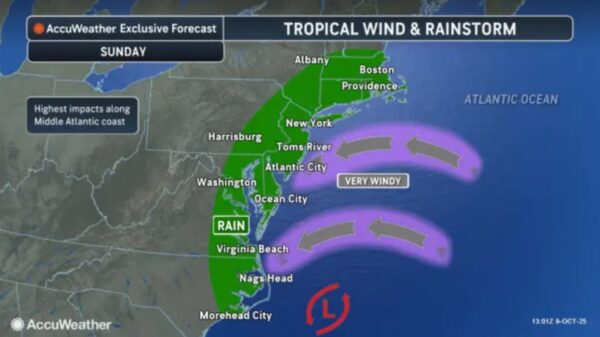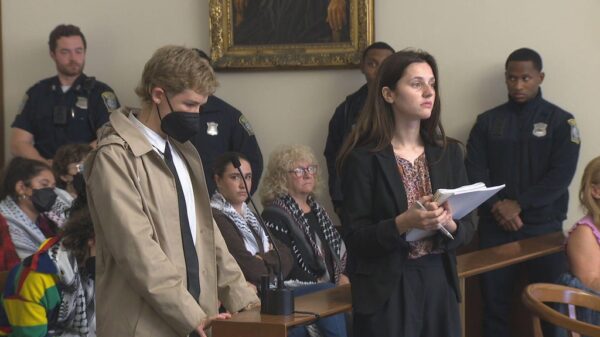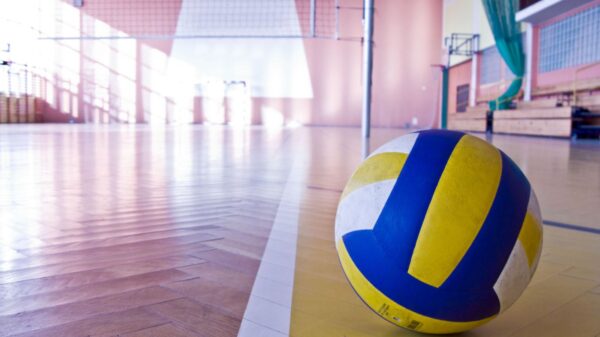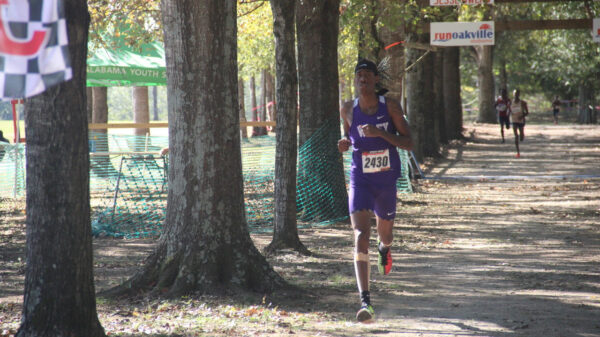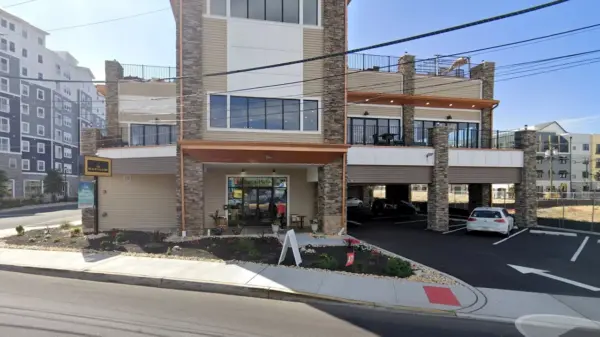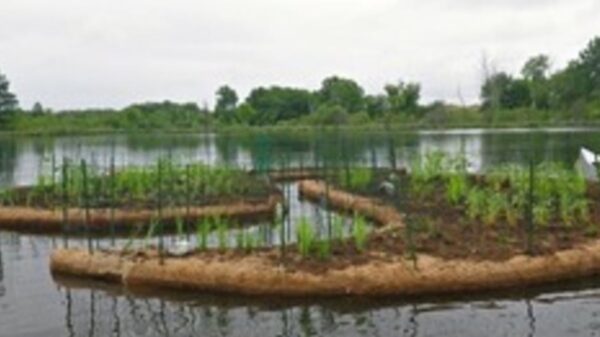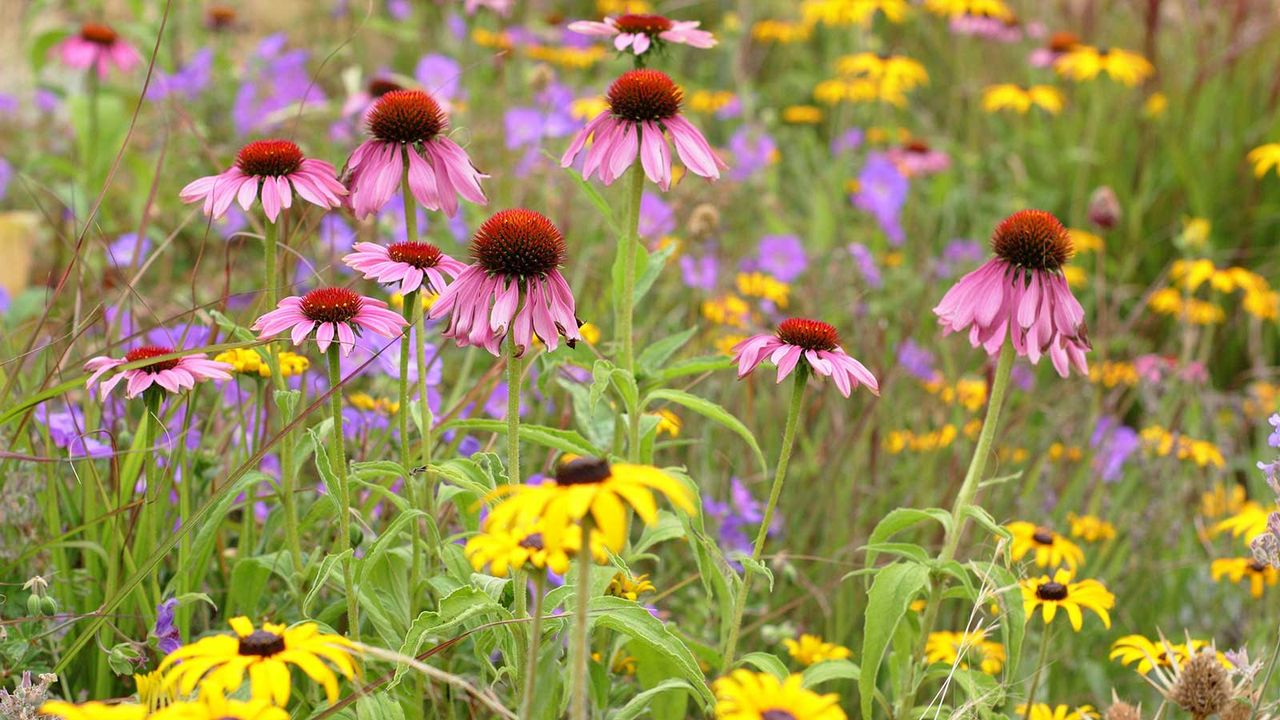UPDATE: Landscaping experts are calling for a surge in pollinator strips in residential gardens for 2026, emphasizing their vital role in supporting local ecosystems. With the increasing trend toward sustainable gardening, homeowners are urged to transform their backyards into wildlife-friendly spaces that benefit both nature and aesthetics.
Pollinator strips, small beds filled with plants that attract bees, butterflies, and other essential pollinators, are gaining popularity. Megan Bryant, lead horticulturist at Collington, explains that these garden features can be implemented in various spaces, including the often-overlooked ‘devil’s strips’—the narrow sections between sidewalks and roadways. “These zones, usually nutrient-poor and compacted, can be revitalized to increase local biodiversity,” she states.
As we approach the new year, NOW is the perfect time to plan and prepare for these ecological enhancements. Not only do pollinator strips offer practical benefits, such as improved pollinator populations, but they can also add visual appeal with vibrant flowers and unique plant varieties. Experts like Catherine Trudeau and Paul Blanding from The Outside Design Studio in Chicago advocate for these intentional designs, noting their ability to create cohesive and attractive garden spaces.
Pollinator strips are easy to maintain, requiring minimal upkeep once established. “They do best when left to their own devices,” Bryant adds, highlighting their adaptability to dry, compacted soil conditions. Initial watering is necessary, but after that, the biggest maintenance task is managing weeds. Homeowners are encouraged to leave seed heads intact through winter as they provide crucial food sources for birds.
For those looking to make a significant impact, Bryant recommends starting with a mix of native plants such as goldenrod, wild bergamot, and clustered mountain mint. These plants not only attract pollinators but also provide year-round interest with their flowers and seed heads. “In the Midwest, we particularly love echinacea, ajuga, and rudbeckia,” Trudeau and Blanding add, stressing the importance of selecting plants that bloom sequentially to ensure a continuous food supply for pollinators from spring to fall.
The experts also advise integrating pollinator strips into existing garden designs. “A good garden should always have good bones,” Blanding states, suggesting that structural forms like boxwood can frame these strips for a more polished look.
As we move into 2026, the push for pollinator strips reflects a growing awareness of the need for sustainable practices in gardening. “We think they’re a nice way to play a part in the ecosystem happening in your own backyard,” Trudeau emphasizes.
For those interested in supporting pollinators, remember that options extend beyond just planting. Providing bee watering stations and avoiding certain plants can also help. Even the choice of fence color may play a role in attracting pollinators, making it an important consideration for home improvement projects.
With a clear call to action from experts, homeowners are encouraged to prioritize pollinator strips in their garden plans for 2026. The movement not only beautifies outdoor spaces but also actively contributes to the health of local ecosystems. Don’t miss out on this opportunity to create a thriving environment in your backyard—start planning your pollinator strip today!


